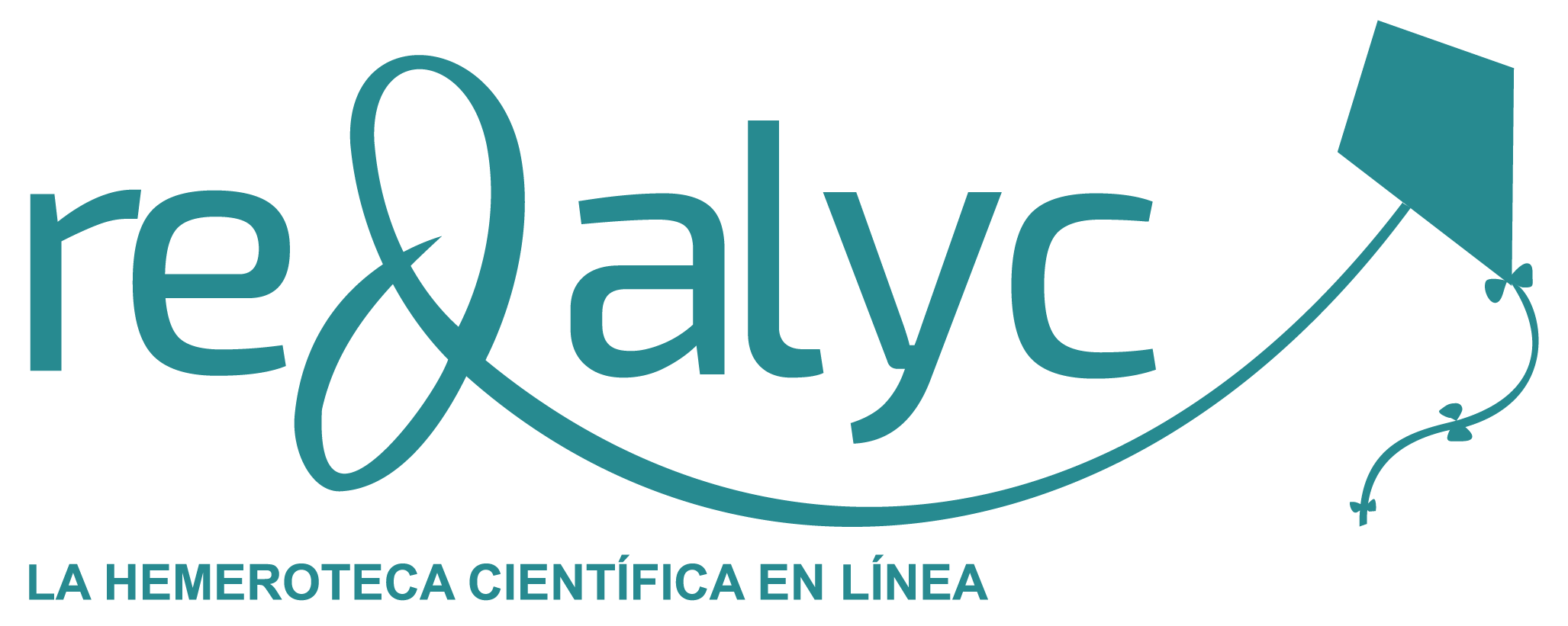El tomate es la principal hortaliza de consumo fresco de la Argentina y el cultivo con mayor superficie destinada bajo invernadero. La provincia de Buenos Aires concentra el 34% de esa superficie, la mayor parte de la cual está ubicada en el Cinturón Hortícola Platense (CHP). En esta zona, el marchitamiento y cancro bacteriano del tomate (Clavibacter michiganensis subsp. michiganensis) afecta seriamente los cultivos; en recorridas previas hemos observado casos en los que la mayoría de las plantas enfermas. El conocimiento del alcance real del problema es necesario para tomar decisiones fundadas tanto para los productores individuales, sus asociaciones u otros organismos privados o públicos. Los objetivos de este trabajo consistieron en establecer el tipo de infección más común (sistémica o localizada) de Clavibacter michiganensis subsp. michiganensis en el cultivo, evaluar los parámetros de incidencia y prevalencia, y establecer el rol del tipo de tomate y el cultivo antecesor sobre esta enfermedad en cultivos de invernadero del CHP. Con este fin se realizaron muestreos en 60 invernaderos comerciales de las principales localidades productoras de tomate bajo cubierta del CHP. Se registró el tipo de tomate, híbrido y cultivo predecesor, y se tomaron muestras de plantas con síntomas de la enfermedad para posteriormente confirmar el diagnóstico en el laboratorio. Si bien se observaron síntomas localizados en hojas, tallos y frutos, el síntoma predominante en todos los invernaderos muestreados fue el de tipo sistémico, observando principalmente marchitamiento generalizado. La prevalencia de la enfermedad fue del 86,7% y la incidencia promedio de plantas afectadas del 26,1%. Los cultivos provenientes de descanso tuvieron una menor prevalencia que los que provenían de monocultivo de tomate. En relación con el tipo comercial, todos fueron susceptibles al marchitamiento y cancro bacteriano del tomate, registrando valores de prevalencia similares, entre 80 y 87%, mientras que la incidencia fue menor en el tomate cherri seguido por los tomates tipo perita y redondo con valores de 6,3%, 20,5 y 24,5%, respectivamente. A partir de los resultados concluimos que la enfermedad está muy difundida en el CHP. En aquellos lotes con antecedentes de la enfermedad sería importante incorporar la práctica del descanso o hacer rotaciones con otros cultivos; de no poder hacerse una rotación, los tomates de tipo cherri serían la mejor opción.
Palabras clave: Clavibacter michiganensis subsp. michiganensis, incidencia, prevalencia, rotación de cultivos, Solanum esculentum L., monocultivo de tomate.
ABSTRACT
Tomato is the most important fresh vegetable consumed in Argentina and the crop with the largest area produced under cover. The province of Buenos Aires concentrates 34% of that surface, most of which is located in the horticultural belt of La Plata (CHP). In this area, tomato bacterial canker and wilt (Clavibacter michiganensis subsp. michiganensis) seriously affects the crops. In previous visits we observed greenhouses in which most of the plants were affected by the disease. However, it is unknown whether they were just isolated cases or, conversely, a general problem; also, the average incidence of diseased plants is unkown. Knowledge of the real scope of the problem is necessary to make sound decisions, both for individual growers, growers associations or other private or public organizations. The objectives of this research were to determine the most common type of infection (systemic or localized) of C. michiganensis subsp. michiganensis in the crop, to evaluate the incidence and prevalence, and to establish the role of the type of tomato and the preceding crop on this disease in greenhouse crops of the CHP. For this purpose, samples were taken in 60 commercial greenhouses in the main production areas of tomato of the CHP. The type of tomato, hybrid and predecessor were recorded, and samples of plants with symptoms of the disease were taken to confirm the diagnosis in the laboratory. Although localized symptoms were observed in leaves, stems and fruits, the predominant symptom in all the sampled greenhouses was of the systemic type, mainly observed as generalized wilting. The prevalence of the disease was 86.7% and the average incidence of affected plants was 26.1%. Crops that came from fallow had a lower prevalence than those coming from monoculture of tomato. All commercial cultivars were susceptible to wilting and bacterial canker of tomato, registering values of prevalence between 80 and 87%, while the incidence was lowest in the cherry, followed by the plum and round types of tomato with values of 6.3%, 20.5% and 24.5%, respectively. From these results we conclude that the disease is widespread in the CHP. In those fields with a history of the disease, it would be important to incorporate the fallow practice or rotations with other crops; if a rotation cannot be done, planting cherry tomatoes would be the best option.
Keywords: Clavibacter michiganensis subsp. michiganensis, incidence, prevalence, crop rotation, Solanum esculentum L., monoculture of tomat.
Contact: Rolleri, J. jorgelinarolleri@gmail.com











